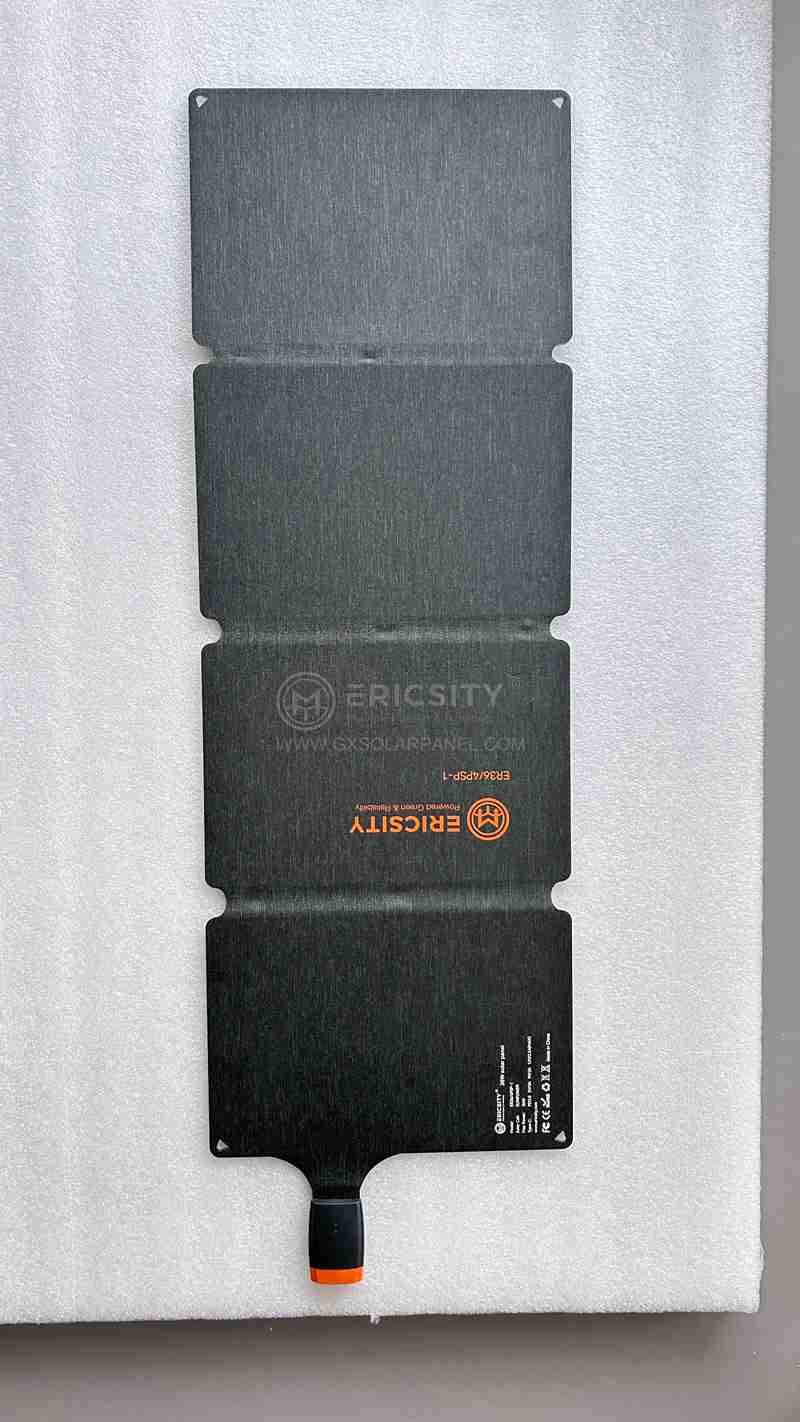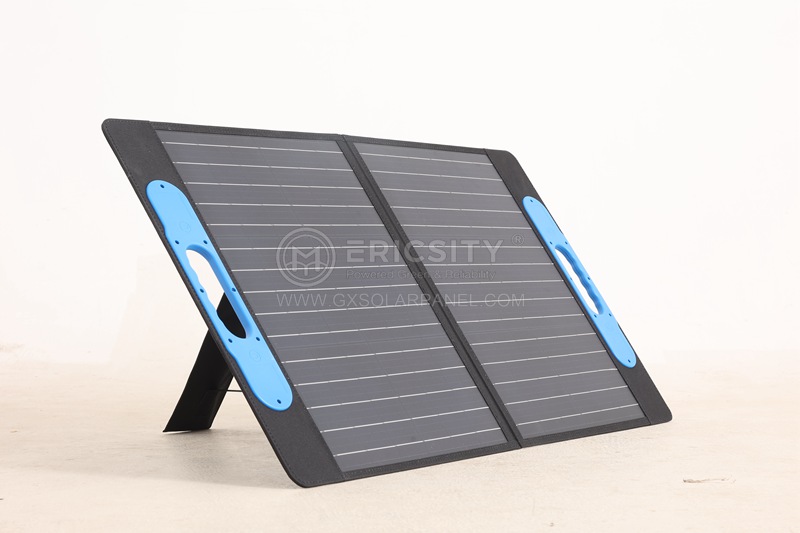HOT PRODUCT
Product Details
Bringing Solar Home: Exploring Solar Panel For Home Prices
Title: Bringing Solar Home: Exploring Solar Panel for Home Prices
Introduction (100 words):
In recent years, solar panel installations in residential properties have gained popularity due to their numerous benefits, including reduced electricity bills and environmentally friendly energy production. However, one important aspect to consider before opting for solar power is the cost involved. This article will explore various factors that influence the prices of solar panels for homes, allowing homeowners to make informed decisions about adopting this sustainable energy solution.


1. Solar Panel Costs (150 words):
The cost of solar panels primarily depends on their wattage capacity and quality. Generally, residential solar panel systems range from 3 to 10 kilowatts (kW). The price per watt decreases with an increase in system size, as larger panels often come with volume discounts. On average, solar panels cost between $2.50 and $4.00 per watt installed, excluding additional costs related to installation equipment, hardware, and labor.
2. Installation Costs (150 words):
Installation costs are a significant component of the overall price of a solar energy system. Factors that impact installation expenses include the complexity of the installation, roof type and condition, and local regulations. Mounting hardware, wiring, inverters, and batteries (if desired) are additional considerations. Professional installation is crucial to ensure optimal sun exposure and system efficiency, but it can also contribute to the overall cost. Typically, installation costs can range from $5,000 to $10,000, depending on the system size and other factors.

3. Available Solar Incentives and Financing Options (150 words):
Solar panel adoption is incentivized through various federal, state, and local programs. Federal tax credits can significantly reduce the upfront costs, amounting to 26% of the system price for installations by the end of 2022. State and local incentives, such as grants, rebates, and property tax exemptions, further enhance the financial viability of solar panel installations. Additionally, numerous financing options are available, including solar leases, power purchase agreements (PPAs), and solar loans, making solar energy financially accessible to a wider range of homeowners.

4. Return on Investment (150 words):
Although the initial costs of solar panel systems may seem substantial, it is essential to consider the long-term financial benefits. The return on investment (ROI) for solar panels typically ranges from 5 to 15 years, depending on factors such as energy consumption, local electricity rates, and available incentives. Once the system pays for itself, homeowners can enjoy substantial savings on electricity bills or even earn money through net metering programs that allow excess energy to be sold back to the grid.
Conclusion (100 words):
Installing solar panels for homes can be a wise investment for homeowners seeking to reduce their carbon footprint while enjoying long-term financial benefits. Understanding the various factors influencing solar panel prices, including the cost of the panels themselves, installation expenses, available incentives, and financing options, will help homeowners make informed decisions. By estimating the return on investment and potential savings on electricity bills, individuals can determine whether adopting solar energy is a viable and economically sound choice for their homes.




